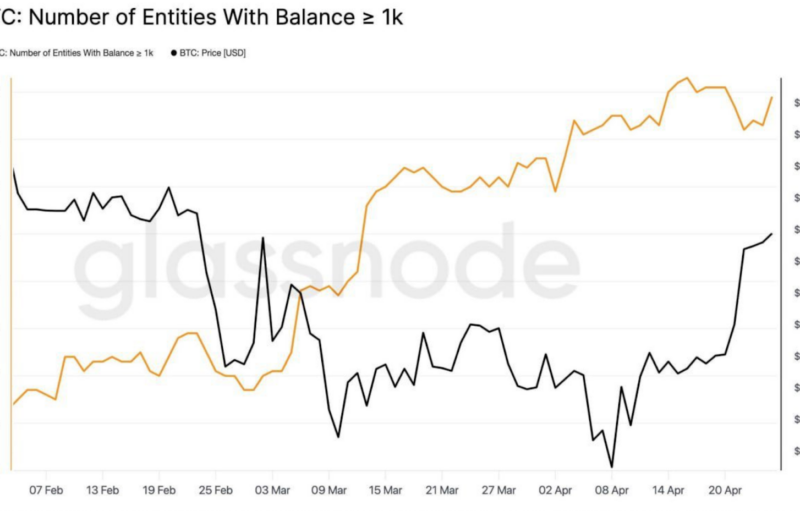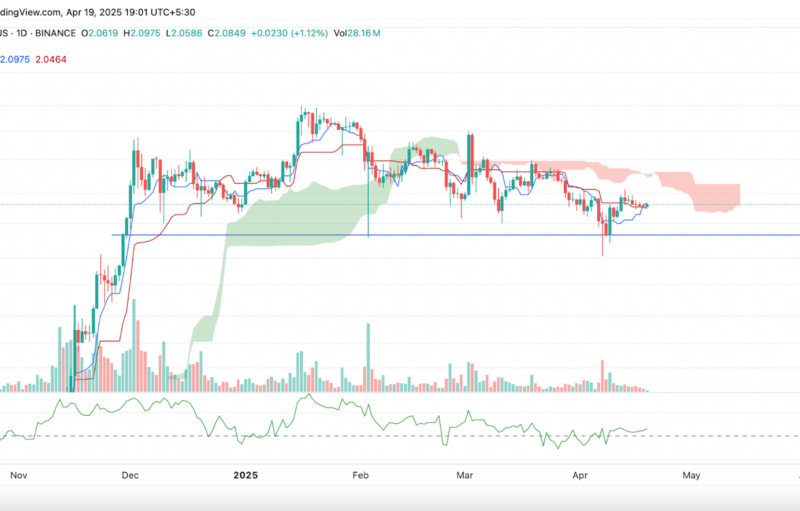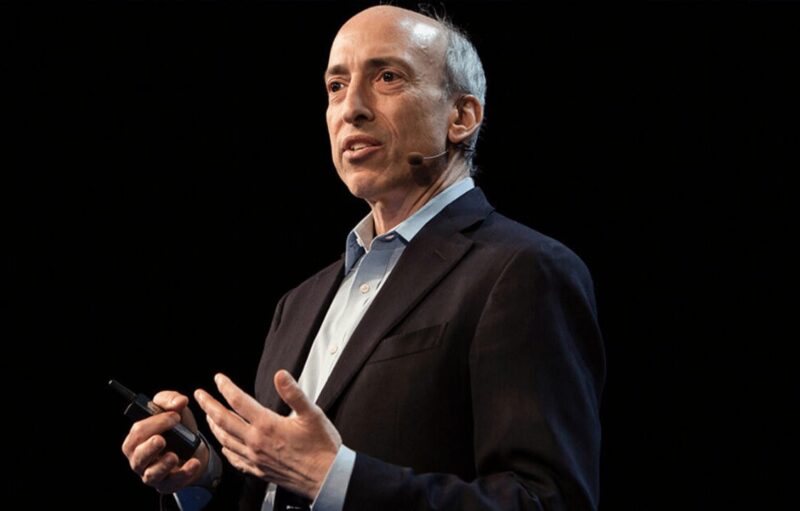Grayscale Investments caught the media’s attention this week, after breaking above $10 Billion in digital assets under management. Interestingly, as Grayscale investment’s news broke the Internet, the trade volume on spot exchanges cooled off dropping below the $550 million price level based on data from Skew.
Retail traders were drawn to Bitcoin when the price hit new ATH, which generated more demand in anticipation of faster and higher returns on both spot and derivatives exchanges. The expectation that Bitcoin will rally and its price will double or increase 10x in a stipulated period of time did not turn out to be true. However, MicroStrategy bought Bitcoin at an average price of $19400 which is much higher than the market price, derived from spot exchanges. One interesting interpretation is that institutions may HODL for the supply to diminish and sell at high prices. Despite this interpretation, GrayScale is selling, however, not as frequently as it acquires Bitcoins for clients and institutions.
Based on Grayscale’s financial statements the Grayscale Bitcoin Trust sold 3469, 3843, and 4641 Bitcoins to pay the fees in 2017, 2018, and 2019 respectively. However, at the same time, the trust bought 7213, 32281, and 61555 Bitcoins in 2017. This builds a bullish case for Bitcoin in the long term due to restrictions on the sale of GBTC, the fact that there is a holding period of 6 to 12 months, which in turn builds a long term bullish case for institutions. For retail traders, the anticipation of a price rally could possibly shake off weak hands and institutions as Grayscale would systematically keep acquiring more Bitcoin.
High-frequency trading within a tightly bound price range is profitable for institutions, however profit booking entirely depends on volume. Whales employing high-frequency trading may follow a similar strategy, however, this leaves Bitcoin’s price stuck in a tight price range and curiously similar to stocks and other traditional investment options.
The post appeared first on AMBCrypto







